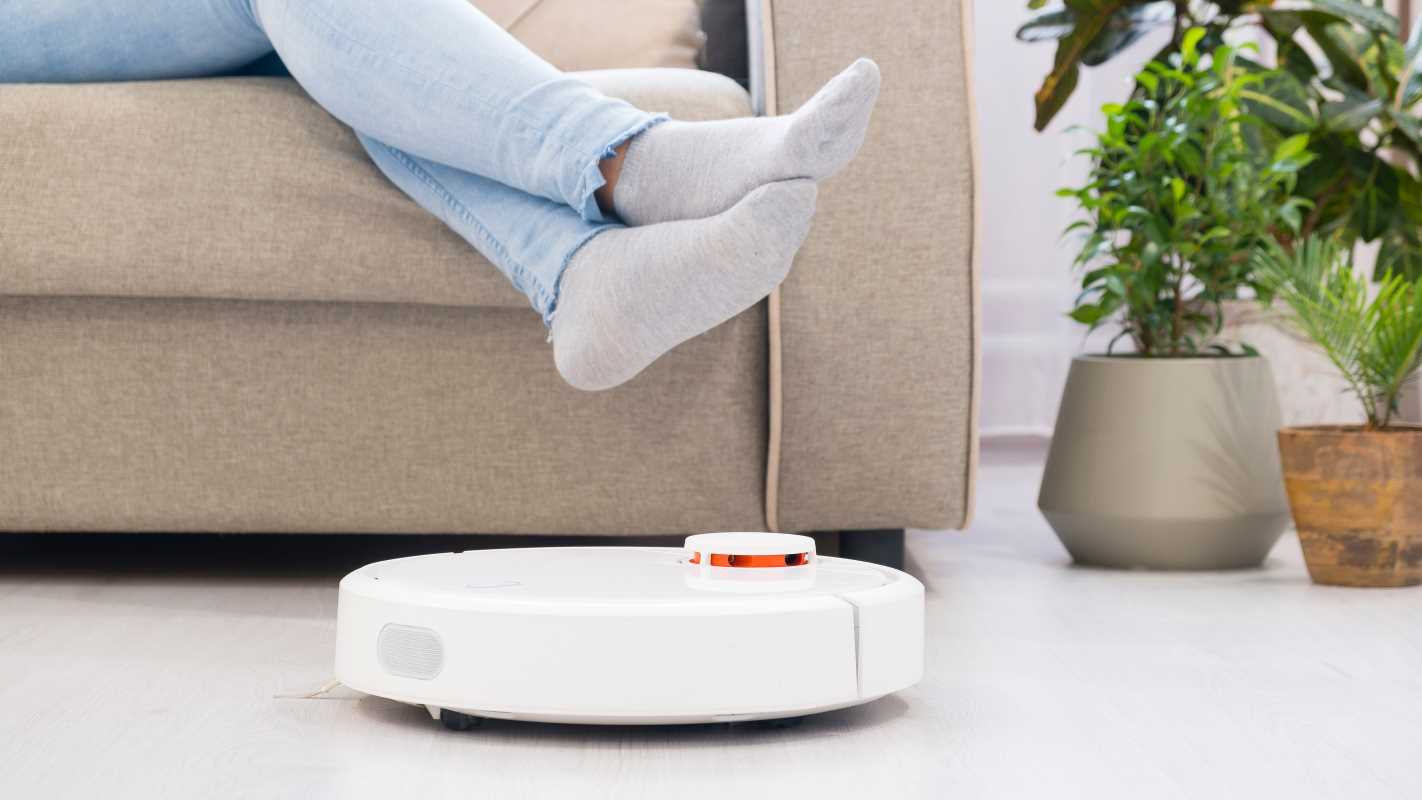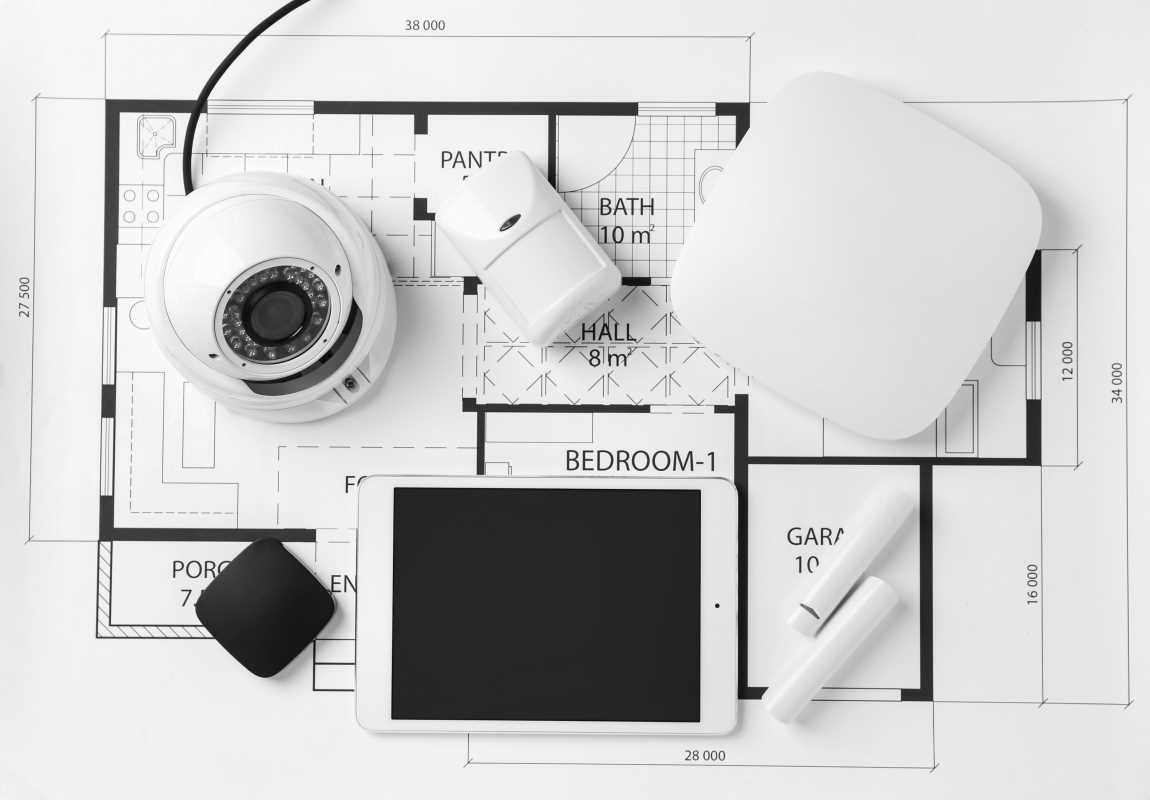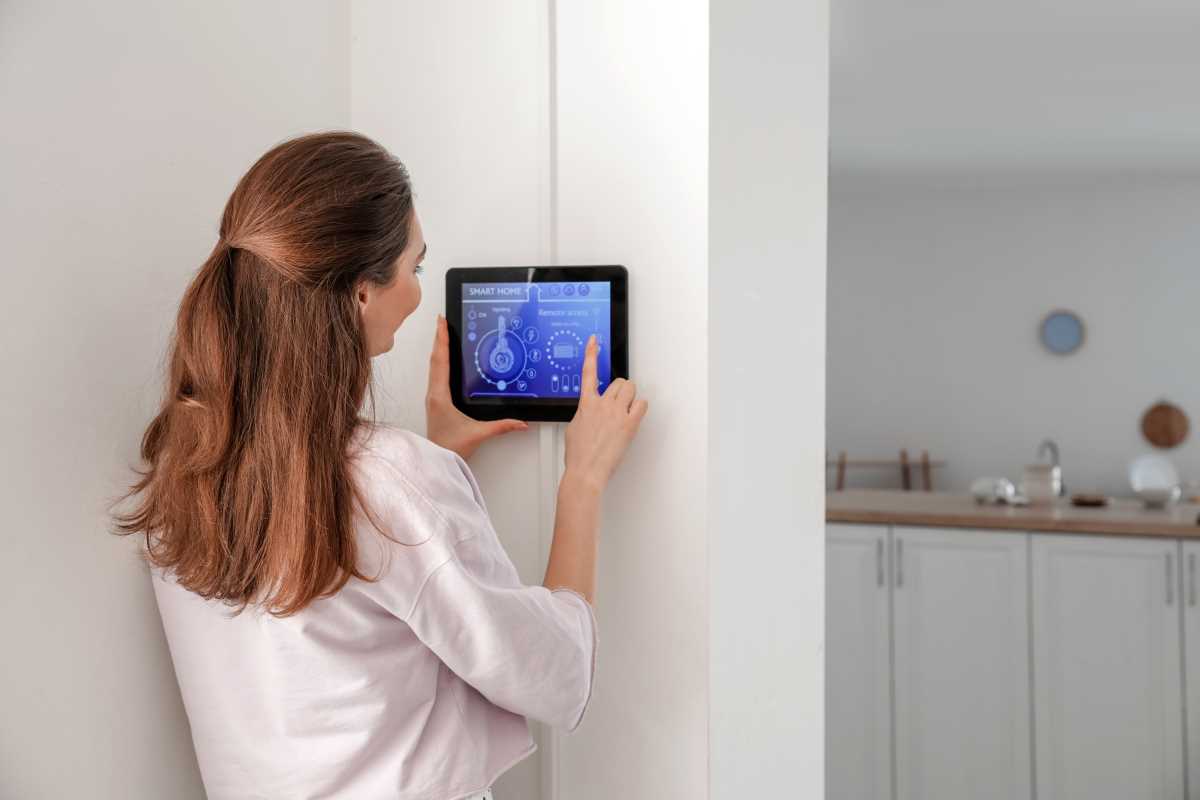Caring for your home can be both affordable and environmentally friendly. By making a handful of small changes and using practical solutions, you can easily shift daily maintenance toward more eco-conscious habits. Simple adjustments—like reusing materials, opting for energy-saving tools, or reducing water use—help you maintain a comfortable space while cutting down on waste. These easy steps not only lower your bills but also make household tasks more satisfying, as you see the positive impact on both your budget and the environment. Enjoy the sense of accomplishment that comes from keeping your home running smoothly while supporting a healthier planet.
This guide skips over worn-out tips and digs into fresh ideas that anyone can tackle. From coating walls with eco-safe paint to scheduling maintenance around the seasons, you’ll learn how small moves add up to big environmental wins.
Surprising Eco-Friendly Maintenance Tweaks
Most homeowners focus on obvious upgrades like solar panels, but some lesser-known tweaks deliver real savings and planet-friendly gains. Give these under-the-radar projects a try:
- Swap attic lights for motion-sensor LEDs to cut energy use when no one’s up there.
- Seal grout lines with a water-resistant, eco-friendly sealant to stop mold growth and reduce harsh chemical cleaning.
- Install a rain barrel below downspouts to collect water for garden tasks instead of running sprinklers.
- Use felt pads or Wooly floor protectors under furniture to prevent scratches and lower dust buildup.
These simple adjustments tighten up your home’s performance without requiring a major budget or specialized skills. You’ll notice fewer drafts, cleaner surfaces, and happier plants outside.
Cost-Effective Green Upgrades
Going green doesn’t demand a big spending spree. You can find low-cost solutions that make a difference right away. Start by swapping out old showerheads for low-flow models—they use up to 50% less water but still deliver a satisfying spray.
Next, install eco-rated faucets or add aerators to existing ones. Aerators inject air into the water stream, which feels just as strong but cuts water consumption. You won’t need a plumber: most screw on by hand in under five minutes.
DIY Natural Cleaning Solutions
You don’t have to reach for harsh chemicals to keep surfaces shining. A few pantry staples—vinegar, baking soda, essential oils—team up to tackle grime, disinfect, and deodorize your home. These homemade blends cost less and won’t leave toxic residues behind.
Follow these steps to make a multipurpose cleaner that works wonders on countertops, sinks, and bathrooms:
- Mix one cup of distilled white vinegar with one cup of water in a spray bottle.
- Add a tablespoon of baking soda, then a few drops of lemon or tea tree oil for antibacterial action.
- Shake well, then mist onto the surface and let it sit 5 minutes before wiping with a microfiber cloth.
- Use this mix weekly to prevent buildup and skip the need for stronger chemical sprays.
Keep a small jar of baking soda under your sink too; it doubles as a quick freshener for drains, carpets, or the fridge. Just sprinkle, let sit, and vacuum up.
Seasonal Maintenance with an Eco Focus
Adjust your home to seasonal cycles to avoid waste. In spring, check window seals and weather stripping—tight seals block pollen and drafts, so your air filter and HVAC system perform more efficiently. A quick visual inspection and a tube of silicone caulk cost just a few dollars and save energy all year.
As temperatures drop, clean and store garden tools properly. Remove soil from shovels and rakes before winter, then apply a light coat of vegetable oil to metal parts. This prevents rust naturally, so you won’t need to buy replacement tools or apply chemical rust inhibitors in spring.
Smart Devices That Reduce Environmental Impact
Smart devices open up new opportunities for saving energy. A smart thermostat learns your schedule, gently lowering heat when you’re away and bumping it up before you return. Pair it with Nest or Ecobee sensors in seldom-used rooms to avoid heating empty spaces.
If you haven’t tried a leak detector, they’re worth adding under sinks or near water heaters. These small battery-powered units beep or send smartphone alerts at the first sign of moisture. Catching drips early prevents water damage and cuts down on wasted gallons.
You can also install smart power strips that shut off idle electronics—no more phantom energy drain from chargers, game consoles, or unused appliances.
Changing your approach to upkeep can feel surprisingly straightforward and even fun. As you implement these ideas, you’ll enjoy a healthier home environment and the satisfaction of conserving precious resources.
 (Image via
(Image via





